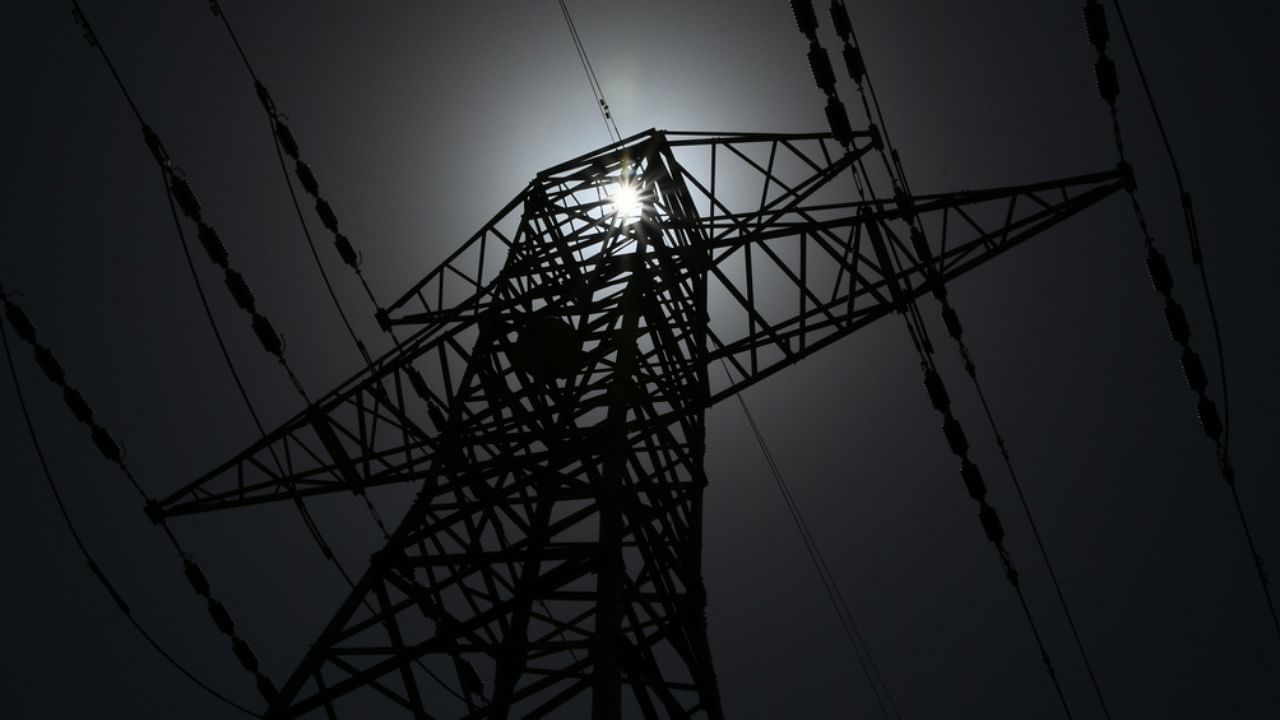
Several parts of India have been facing a severe power crisis, leading to long load-shedding - an issue compounded by extreme weather conditions, adding to the people's woes.
Odisha, Jharkhand and Bihar, among other states, have reported power outages in the last few days from major cities, as well as rural areas.
But what exactly is causing this power crisis? Apparently, there are multiple reasons.
High demand
Bihar Energy Secretary Sanjeev Hans said the state is facing a power deficit of 200-300 MW per day because of the sudden increase in demand, following the early arrival of peak summer and reduced generation of hydropower.
Jharkhand Chief Minister Hemant Soren admitted that the state is unable to meet the peak demand, but said his government has sanctioned additional funds for buying power from the open market through energy exchanges.
Odisha's current peak power demand is estimated to be 5,200- 5,400 MW, while the state generates around 4,800 MW.
Coal shortage
A senior power official said that thermal plants face coal shortage during the monsoon every year between June and September. But this time, the coal shortage started in April largely due to lesser supply from coal companies that are facing shortage of wagons for ferrying coal to plants. The situation may only get worse with the rains and floods in the coming weeks.
The All-India Power Engineers' Federation Chairman, Shailendra Dubey said the coal shortage in Uttar Pradesh has been affecting power production.
Decline in power generation
It is also being said that the current power crisis is mainly on account of sharp decline in electricity generation from different fuel sources and not due to non-availability of domestic coal.
In an interview with PTI, Coal Secretary A K Jain attributed the low coal stocks at power plants to several factors such as heightened power demand due to the boom in the economy post Covid-19, early arrival of summer, rise in the price of gas and imported coal and sharp fall in electricity generation by coastal thermal power plants.
Payment crisis
A Money Control report attributed the ongoing power shortage to non-payment of dues by discoms, which affected the power companies' solvency.
“It is a government entity not paying the generators, which is resulting in another government entity, the banks, taking the same generator to insolvency,” Harry Dhaul, director-general of the Independent Power Producers Association of India told the publication.
(With inputs from agencies)
Check out DH's latest videos: